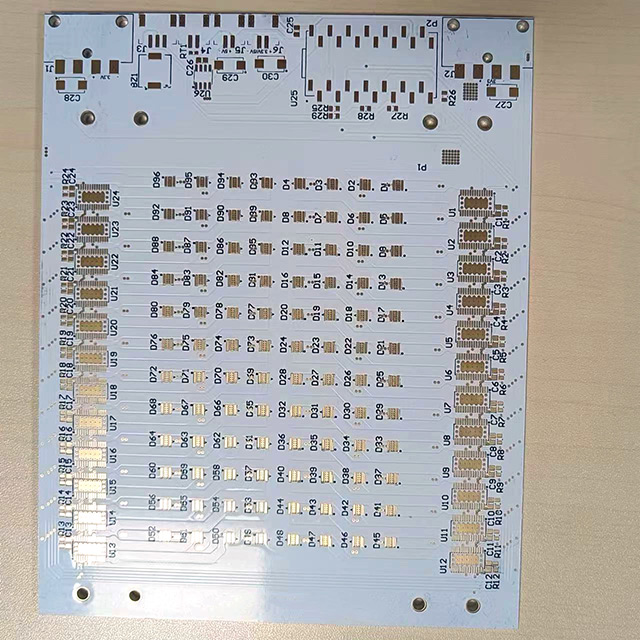jason121
-
the tv I'm watching is at least 15 years old and still going strong.
In fact looking around the room I can see a pair of 40 yearold speakers, a 30 year old hifi amp, 20 year CD, tape and record player, all working fine (well, actually the amp has developed a bit of a glitch, but still works after a bit of a tap).
Good quality electrical kit can last a long time, cheap tat won't.
Tapes CD records someone stuck in 70-80-90's











